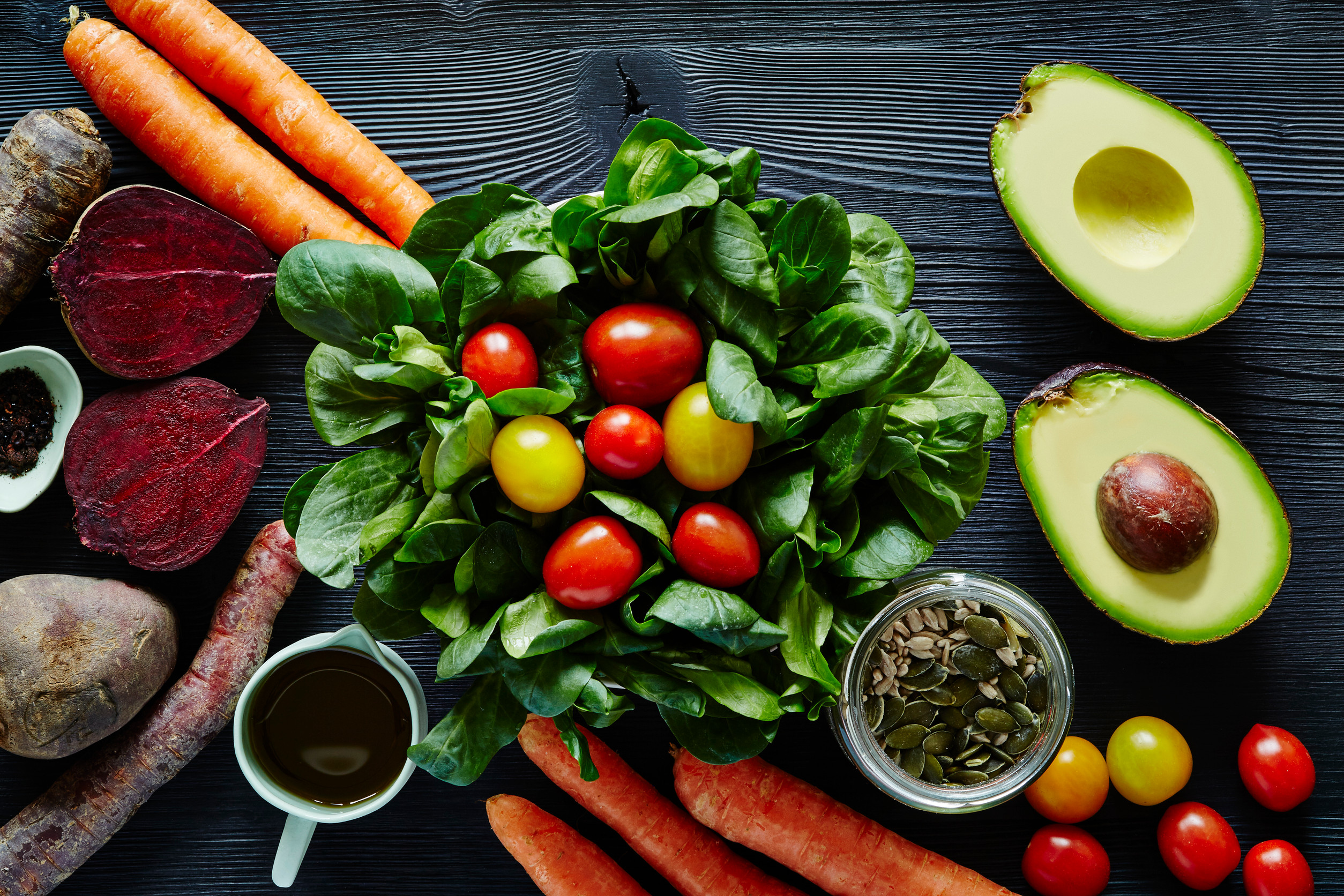”Question: What are the main vision health challenges Veterans face and what foods can help protect their eyesight?
Reading time: 6 Minutes
MWi Hack:
- Eat a colorful variety of leafy greens, fatty fish, and orange vegetables twice weekly to combat service-related eye conditions like TBI vision problems, blast injuries, and age-related vision loss.
MWi Summary:
- Veterans face unique vision challenges including TBI-related vision problems, blast injuries from IEDs, and secondary vision issues from service-related conditions like diabetes.
- Combat exposure increases eye injury risk through direct trauma from explosion fragments and blast wave pressure that can damage the retina and visual system.
- Age-related vision problems are common in older Veterans, including macular degeneration, glaucoma, cataracts, stroke-related vision loss, and diabetic retinopathy.
- Mediterranean-style eating patterns support eye health with emphasis on whole foods rather than individual nutrients, particularly beneficial for Veterans at higher risk due to service exposures.
- Key eye-protective foods include leafy greens (spinach, kale), fatty fish (salmon, tuna), orange vegetables (carrots, sweet potatoes), nuts, seeds, and colorful fruits eaten regularly as part of a varied diet.
The military and Veteran community faces several significant vision health challenges that are often directly related to their service experiences. Here are a few key issues:
-
Traumatic Brain Injury (TBI) and Vision Problems
TBI is a major concern for Veterans, particularly those who served in Iraq and Afghanistan. Among Veterans who have served in Iraq and Afghanistan, blast-related brain injuries can be followed by vision problems such as blurred vision, double vision, and other complications.
-
Age-Related and Secondary Vision Problems
In older Veterans, major causes of vision loss include age-related macular degeneration, glaucoma, cataracts, stroke, and diabetic retinopathy. Veterans also face secondary vision problems from service-related conditions. Some medical conditions that can cause secondary vision problems include diabetes, which can lead to diabetic retinopathy, glaucoma, and cataracts. Additionally, some medications used to treat service-related conditions can cause eye problems, such as hydroxychloroquine used as an anti-malaria medication.
-
Combat-Related Eye Injuries
Military personnel and combat Veterans are exposed to various environmental hazards and traumatic events during their service. Modern warfare has intensified these risks, with increased prevalence of improvised explosive devices (IEDs), blast trauma, and survival of combat injuries in modern warfare leading to more severe ocular injuries. Injury to the visual system may occur through direct damage to the eye, for example through penetration of the globe by fragments from the explosion site, or by primary blast wave pressure that can damage the retina.
Key Nutrients for Eye Health
While there are many vision-related health challenges members of our military and Veteran community may face, vision health can be supported through healthy eating patterns. Rather than focusing on individual nutrients, eating patterns that emphasize whole foods tend to be most beneficial. The Mediterranean diet, rich in fish, vegetables, fruits, and healthy fats, has been associated with better eye health outcomes.
For military personnel and Veterans, maintaining good nutrition can be particularly important given their higher risk of certain eye conditions from service-related exposures and injuries. A nutrient-rich diet can provide additional protection and support healing processes. Here is a list of specific foods that support healthy vision:
Leafy Greens and Dark Vegetables
- Spinach
- Kale
- Collard greens
- Swiss chard
- Broccoli
- Brussels sprouts
Orange and Yellow Vegetables
- Carrots
- Sweet potatoes
- Butternut squash
- Bell peppers (yellow and orange)
- Corn
Fatty Fish and Seafood
- Salmon
- Tuna
- Mackerel
- Sardines
- Oysters
- Crab
Eggs
- Whole eggs
Nuts and Seeds
- Almonds
- Sunflower seeds
- Walnuts
- Pumpkin seeds
- Chia seeds
Fruits
- Blueberries
- Oranges
- Strawberries
- Grapefruit
- Papaya
- Apricots
Legumes
- Black beans
- Chickpeas
- Lentils
Nutritional Guidelines for Optimal Eye Health
Eat a variety of these foods regularly rather than focusing on just one or two. Pair fat-soluble vitamins (A, E) with healthy fats for better absorption. Fresh, frozen, or lightly cooked vegetables often retain more nutrients than heavily processed ones. Consider eating fish at least twice a week for optimal omega-3 intake.
In addition, these foods work best as part of an overall healthy diet pattern. The combination of nutrients from various sources provides comprehensive support for eye health throughout life. The key is consuming a varied diet with plenty of colorful fruits and vegetables, fatty fish, nuts, and seeds to ensure you’re getting the full spectrum of eye-protective nutrients.
Through our responsive content and dedicated support, MWi continues to serve the modern military and Veteran community by providing relevant, practical strategies for enhancing connection and wellness.






